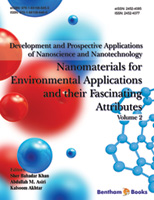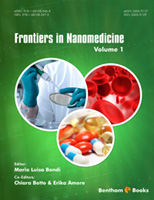Introduction
This reference eBook deals with an existing classification of a nanosized structure and an analysis of its properties. It summarizes an information about how a grain size affects physical, mechanical, thermal, and other properties of a nanostructured material. A basic method, which is employed for a fabrication of an isolated nanoparticle, an ultradisperse powder, a compact nanocystalline, nanoporous, and amorphous material, a fullerene, a nanotube, and a nanostuctured coating, is considered. Investigation methods, which are applied to study the nanostructured material, are briefly described. A modern understanding of a formation of the nanostructured and nanocomposite coating, which are fabricated using a ion-plasma deposition method, is reposted. A potential application of the nanostructured material and coating in a field of engineering is demonstrated. The book’s readership includes graduates, postgraduates, Ph.D. students, researchers and industry professionals. The eBook contains 9 chapters, 87 figures, 14 tables, 411 references and 155 pages in total. It was approved by two Scientific Boards from National Kharkov University and Sumy State University. A main content of this eBook is a basis for lectures presented for students at Sumy State University (the Physical-Technical Faculty), Kharkov National University (the Physical Faculty), Omsk State University (the Physical Faculty, the Department of Material Science), East-Kazakhstan State Technical University (Ust-Kamenogorsk, Kazakhstan), and Moscow State University (the Physical Faculty, Moscow, Russia). A source of this eBook is original papers of leading world-known scientists, who were involved in a field of new nano composite material fabrication, nanotechnologies, and researches. This version had not been published elsewhere. It is interesting for a wide circle of specialists, Masters, aspirants, scientific researchers, and a technical staff of higher education system, research institutes and laboratories. It covers recent data since 2008 to 2010 year.





